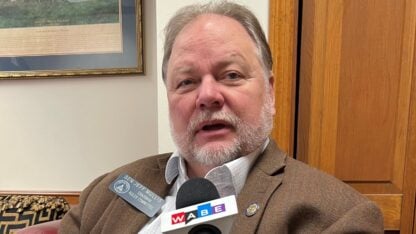Closing The Gap: How Georgia Plans To Produce More High School Graduates — Part 3
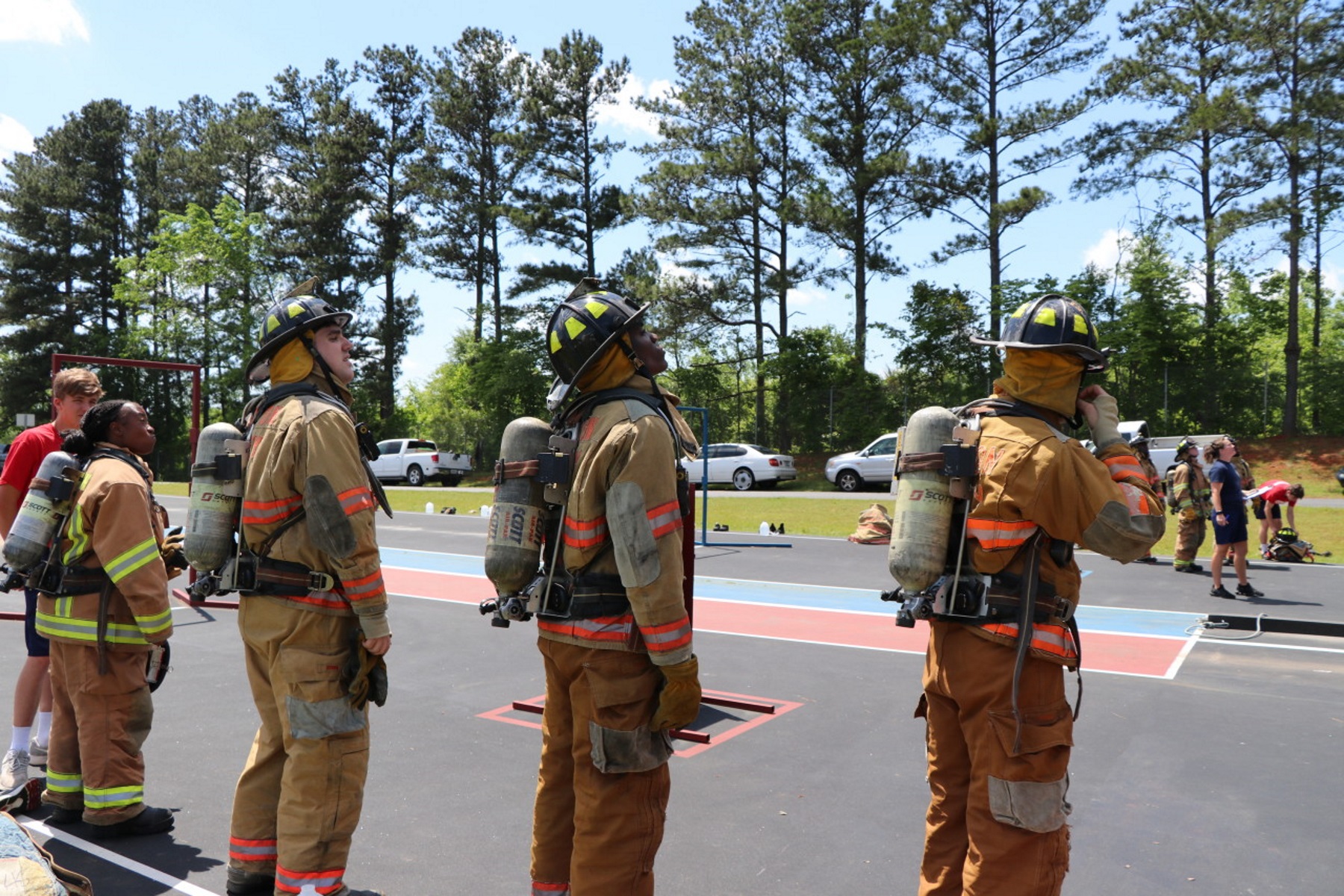
Students in the Clayton County School District’s firefighting pathway endure training drills one Friday afternoon in April.
Martha Dalton / WABE
Several Georgia high schools held graduation ceremonies this week. This time last year, 81.6% of students earned a diploma. That’s an all-time high. It also means about 20% of kids didn’t graduate on time.
However, Georgia schools have found one way to boost graduation rates: get kids thinking about jobs.
Finding A Pathway
As early as middle school, Georgia students can choose a ‘career pathway’ to study. They can choose from fields like law enforcement, education and health care. That doesn’t exempt them from taking core classes, like English/language arts and math. But it does give them real-world experience in those industries.
Often, school districts partner with businesses and public agencies to offer career pathway courses. Students often earn industry credentials, such as EMT certification or becoming a certified nurse’s assistant.
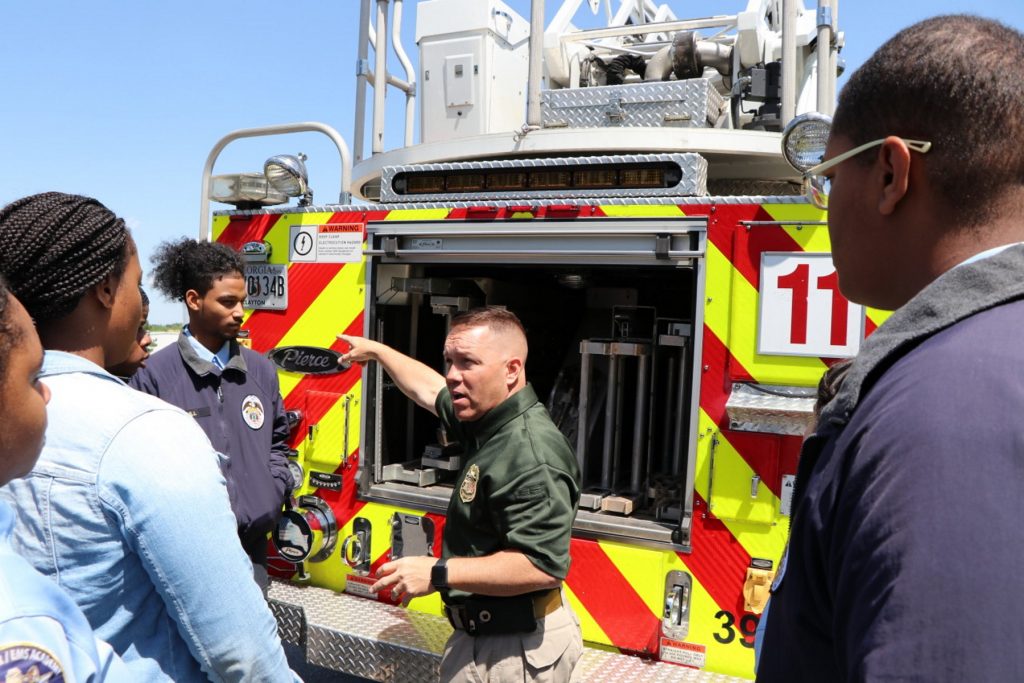
The Clayton County School District has teamed up with the county fire department to create a new apprenticeship academy for high school students. Students attend core classes at their regular high schools in the morning and come to the academy to take firefighting classes in the afternoon.
“What you have to do is do the things that are necessary to be a high school graduate, and the added caveat is you actually obtain industry credentials,” says Emory Arnold, a former firefighter who’s now in charge of curriculum at the academy.
Students who successfully complete this program, by passing coursework and a final exam, could get a job offer from the Clayton County Fire Department.
During their time at the academy, students learn in classrooms and on the ground. They study hazmat training. They learn how to use various equipment, including wrenches and hoses. They run drills, lifting weights and heavy equipment as any recruit would.
The program is in such high demand that there’s a waiting list to get in. Arnold says students in the program have to keep up with their core classes because they may need to use certain subjects, like math, on the job.
“You need to flow water,” Arnold says, giving an example. “You need to identify how much water you’re taking into that tank, and how much water you can disperse, so you actually have to employ the math that you’ve learned in your high school class in this industry.”
Real-World Experience
Program officials know not all of the kids enrolled in this pathway will become firefighters. But Arnold says they’ll still benefit from the training they get.
“It gives them an idea of what it takes to be a leader in the community and to be a supporting person in the community to affect some type of change in an emergency situation,” he says.
Yana Vega, a high school junior in the program, says she’s already experienced that.
“There was an accident close to where I live,” Vega says. “Since I have the background in firefighting and kind of medical, I actually went over to the scene and tried to help out.”
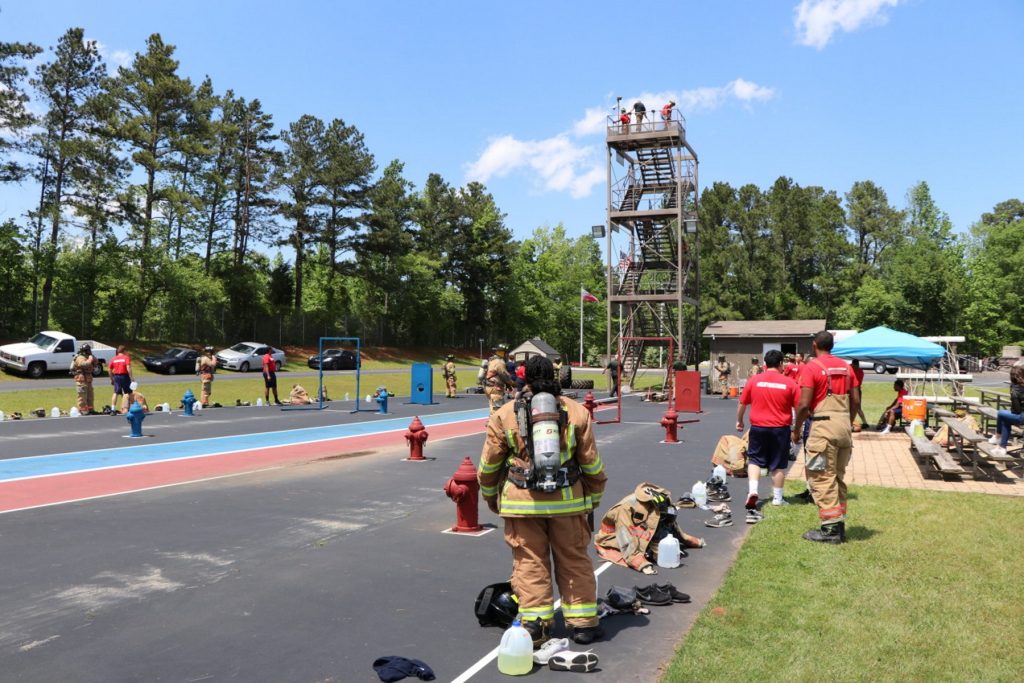
A woman had been hurt in a car wreck. Vega could see she was in shock and sensed what she needed.
“I was able just to give her space and actually handed her a blanket, so she can feel a little bit more comfortable until the firefighters and paramedics arrived,” she says.
Career-based programs like this are designed to engage students, especially those who may be disinterested in school.
Elena Silva is the K-12 policy director at the think tank New America. She says it’s not always easy to figure out what will ‘hook’ high schoolers because they’re reaching a complicated time in their lives.
“Teenagers need a lot of structure, a ton of it,” she says. “But they also need a lot of freedom, a ton of it.”
Silva says career-based programs can help students see the purpose of what they’re taught in school.
“It connects the in-school learning with out-of-school real world,” Silva says. “It offers teenagers connections to adults who can mentor and educate them outside school. And it’s also giving them the opportunity to work and learn at the same time, which is not something enough young people get.”
Silva says that’s especially true of youth apprenticeship programs, which are slowly gaining popularity in the U.S.
“Youth apprenticeship is a triangle,” Silva says. “It connects high schoolers with higher education — usually a community college or a tech school, but also sometimes a four-year school — and employment all at the same time.”
Students earn a paycheck for the work they do through apprenticeships and other work-based learning programs.
‘We Don’t Just See One Perspective’
Jasmine Martinez-Perez, a high school junior in Clayton County’s firefighting pathway, hopes to work as a firefighter after she graduates. She says she’s already noticed a difference in herself and her classmates.
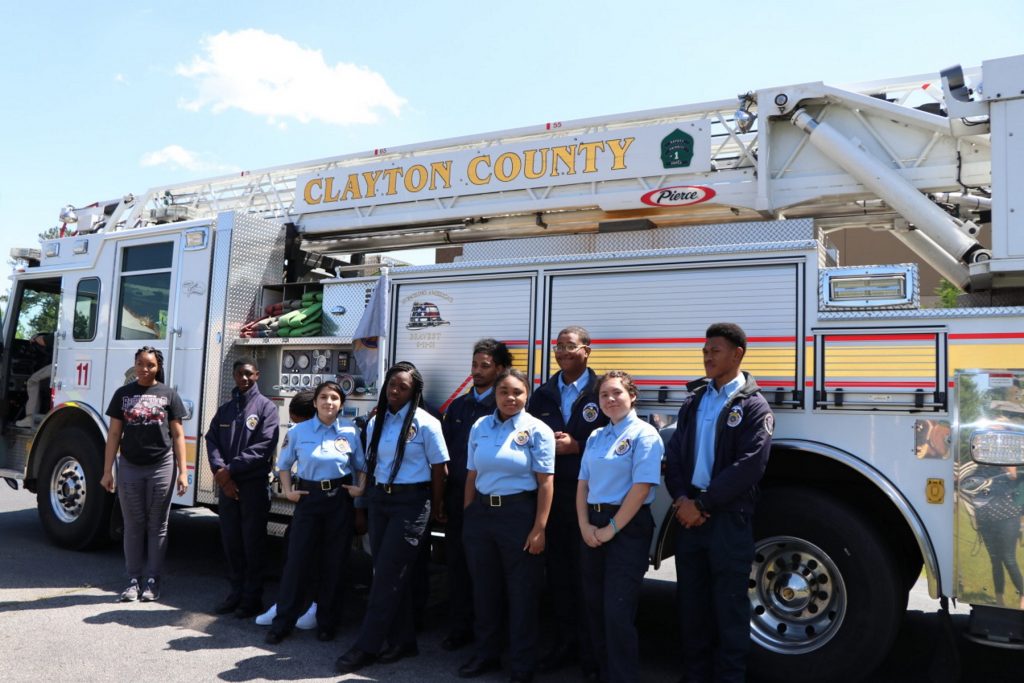
“We have become more mature in this program,” she says. “As we see things, we just don’t see one perspective of us being teenagers. We see it as a perspective of being a firefighter or an EMS.”
The firefighting pathway is part of Georgia’s Career, Technical, and Agricultural Education (CTAE) program. Even though Georgia’s high school graduation rate for all students in the spring of 2018 was 81.6%, the graduation rate for CTAE students is 96%, according to the Georgia Department of Education.
Experts say seeing the relevance in what they’re learning motivates students to stick with the program and finish.
Read Part 1 of the series here
Read Part 2 of the series here
